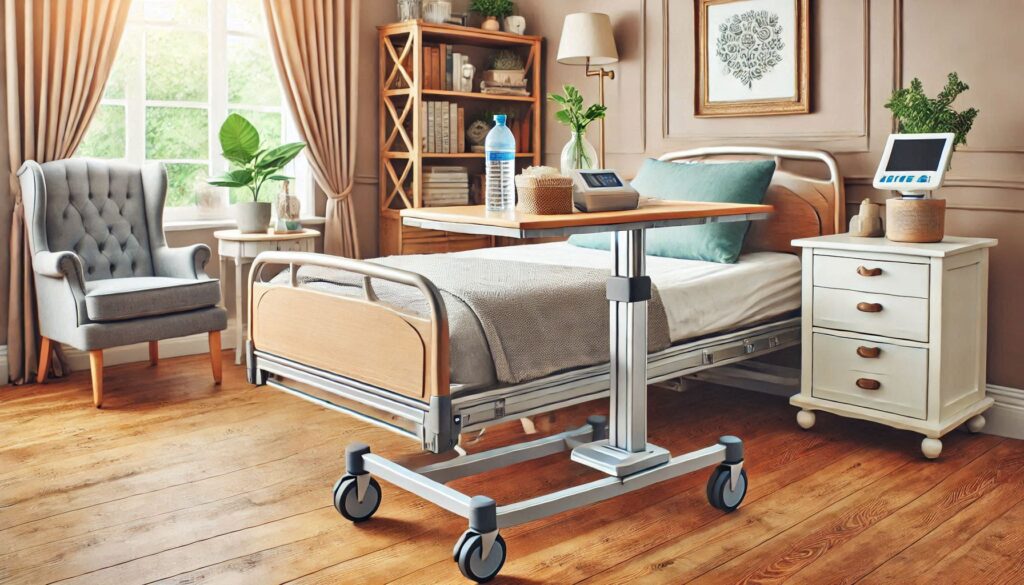Custom-made transmission gears offer several advantages over standard gears, making them an attractive option for various applications. Here are the key benefits:
Tailored Specifications
Custom gears are designed to meet the precise requirements of specific applications. This customization ensures that the gears can handle unique operational conditions, such as high speeds, heavy loads, or specific environmental factors, optimizing performance and longevity.
Enhanced Performance and Reliability
By utilizing high-quality materials and precision engineering, custom gears often exceed the performance of standard options. They are crafted to fit perfectly within a system, which reduces wear and tear and enhances overall reliability. This tailored approach minimizes the risk of failure and extends the lifespan of both the gears and the machinery they operate within.
Flexibility in Design
Custom gear manufacturers can produce a wide variety of gear types, including spur, helical, bevel, and worm gears, allowing for greater flexibility in design compared to standard gears. This is particularly beneficial for OEMs that need innovative solutions to adapt to changing industry demands.
Cost-Effectiveness Over Time
Although custom gears may involve higher upfront costs compared to standard options, they can lead to significant long-term savings. Custom solutions reduce the frequency of replacements and repairs, minimize downtime, and improve operational efficiency. This can ultimately result in lower total costs over the gear’s lifecycle.
Elimination of Guesswork
Working with a custom gear manufacturer eliminates the uncertainty associated with fitting standard gears into specific applications. Custom solutions ensure that the gears will meet operational needs without requiring modifications or adjustments that could be costly and time-consuming.

